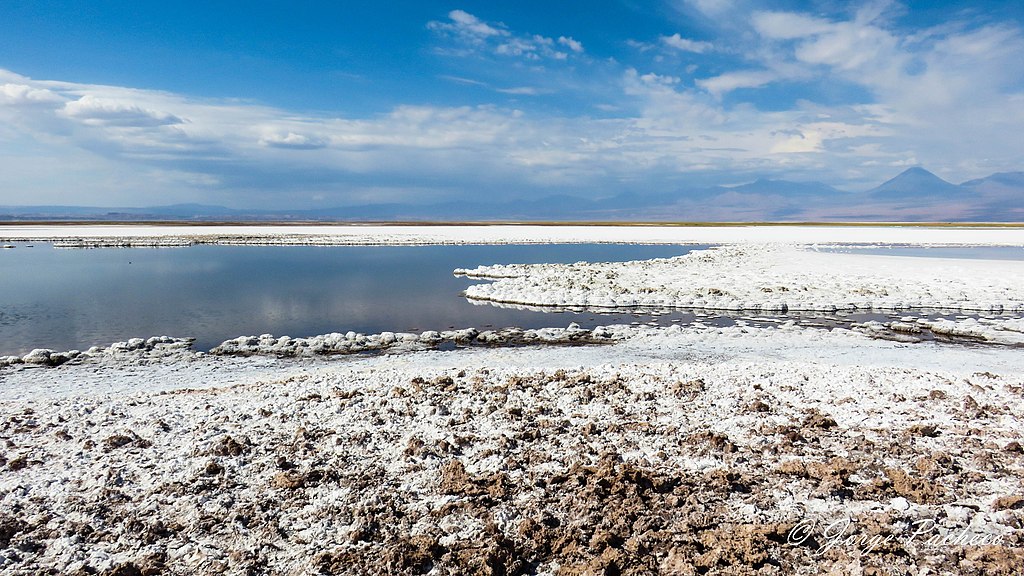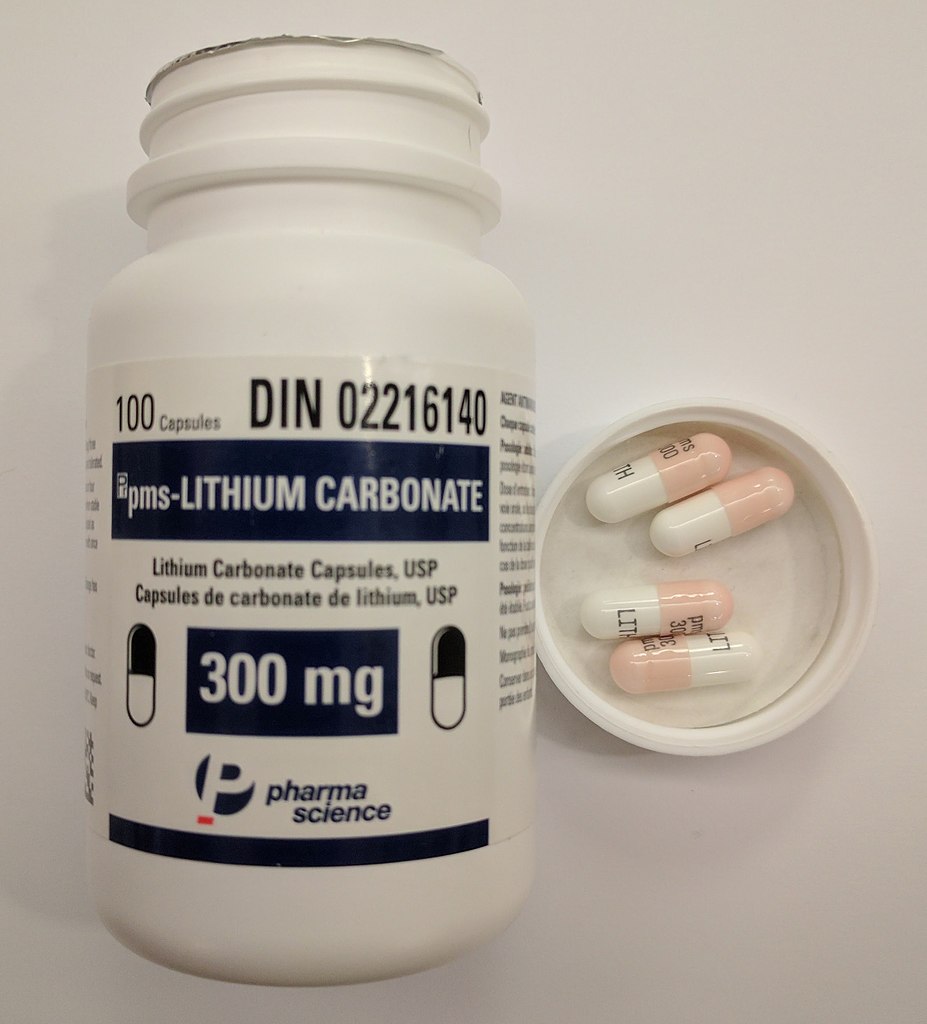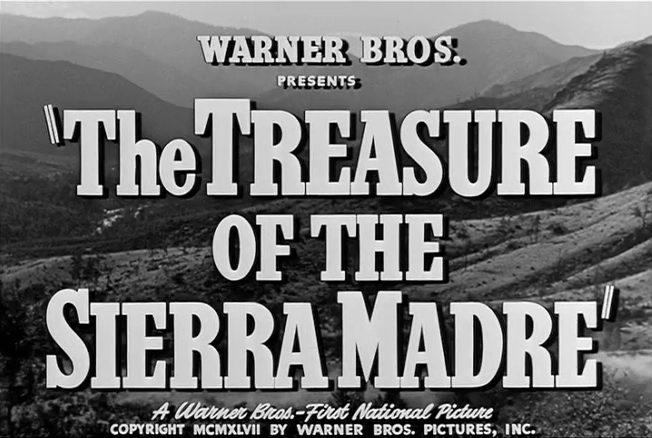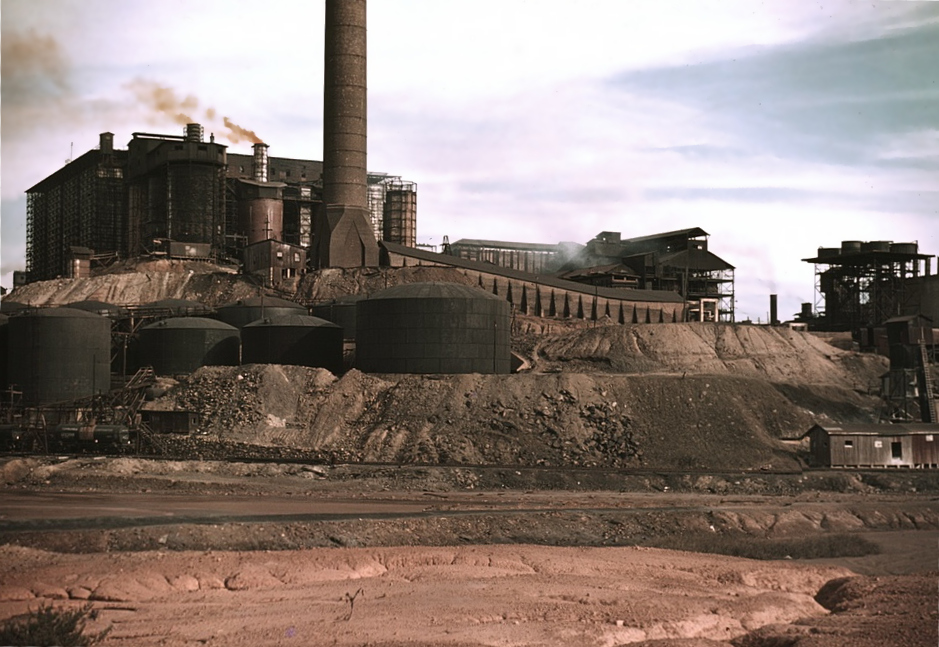By Straquez
Mine is the Ignorance of the Many
I was born in Mexico City surrounded by big buildings, a lot of cars and one of the most contaminated environments in the world. When I was 9 years old my family moved to Tijuana in North West Mexico and from this vantage point, on the wrong side of the most famous border town in the world, I became acquainted with American culture. I grew up under the American way of life, meaning in a third-world city ridden with poverty, corruption, drug trafficking, prostitution, industry and an immense hate for foreigners from the South.
Through my school years, I probably heard a couple of times how minerals are acquired and how mining has brought “prosperity” and “progress” to humanity. I mean, even my family name comes from Cornwall, known for its mining sites. The first Straffon to arrive from England to Mexico did so around 1826 in Real del Monte in the State of Hidalgo (another mining town!). However, it is only recently, since I have started following the wonderful work being done in Thacker Pass by Max Wilbert and Will Falk that the horrors of mining came into focus and perspective.
What is mining? You smash a hole in the ground, go down the hole and smash some more then collect the rocks that have been exposed and process them to make jewelry, medicines or technology. Sounds harmless enough. It’s underground and provides work and stuff we need, right? What ill could come out of it? After doing some digging (excuse the pun), I feel ashamed of my terrible ignorance. Mine is the ignorance of the many. This ignorance is more easily perpetuated in a city where all the vile actions are done just so we can have our precious electronics, vehicles and luxuries.
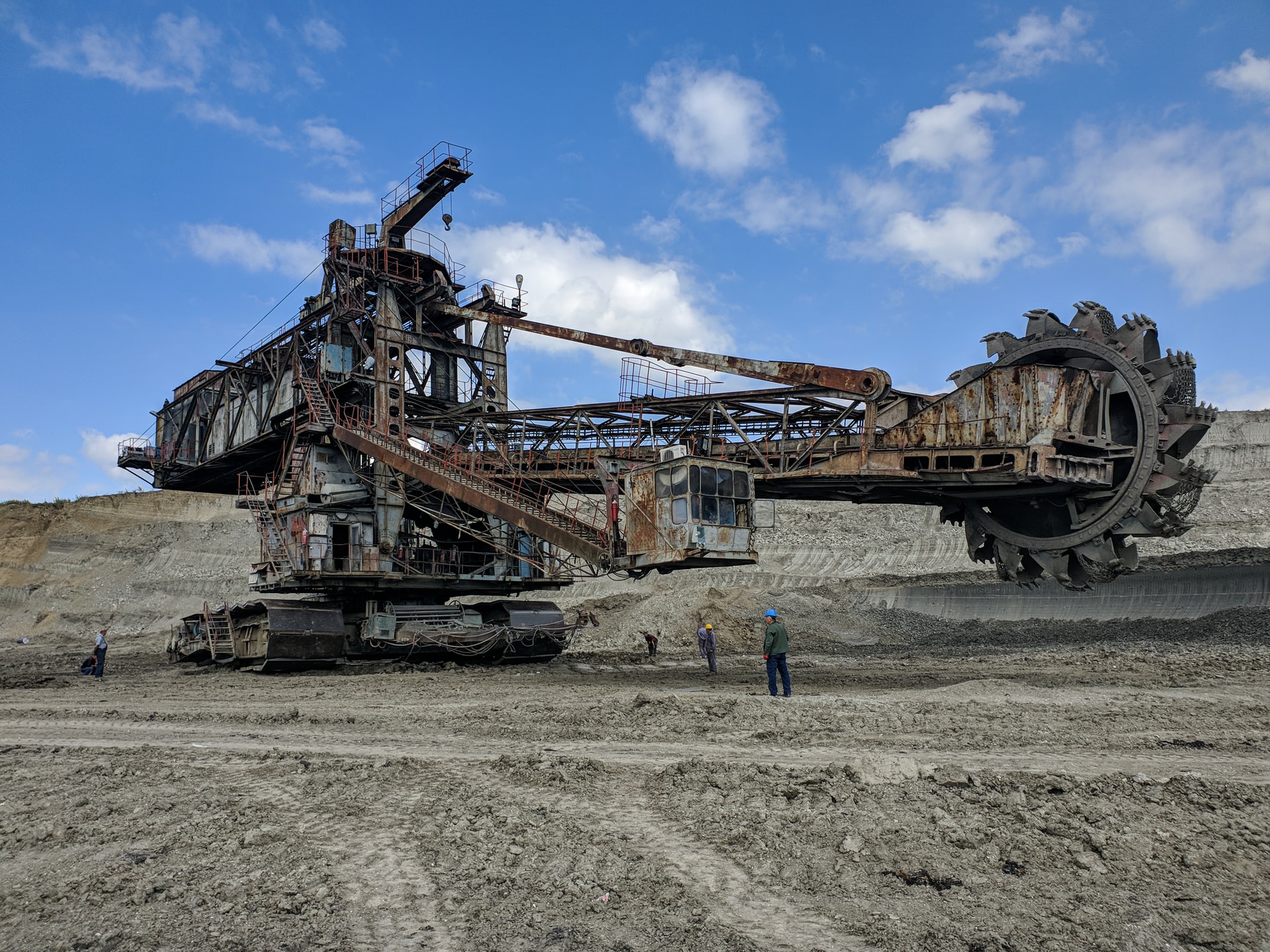 Mine Inc.
Mine Inc.
Mining, simply put, is the extraction of minerals, metals or other geological materials from earth including the oceans. Mining is required to obtain any material that cannot be grown or artificially created in a laboratory or factory through agricultural processes. These materials are usually found in deposits of ore, lode, vein, seam, reef or placer mining which is usually done in river beds or on beaches with the goal of separating precious metals out of the sand. Ores extracted through mining include metals, coal, oil shale, gemstones, calcareous stone, chalk, rock salt, potash, gravel, and clay. Mining in a wider sense means extraction of any resource such as petroleum, natural gas, or even water.
Mining is one of the most destructive practices done to the environment as well as one of the main causes of deforestation. In order to mine, the land has to be cleared of trees, vegetation and in consequence all living organisms that depend on them to survive are either displaced or killed. Once the ground is completely bare, bulldozers and excavators are used to smash the integrity of the land and soil to extract the metals and minerals.
Mining comes in different forms such as open-pit mining. Like the name suggests, is a type of mining operation that involves the digging of an open pit as a means of gaining access to a desired material. This is a type of surface mining that involves the extraction of minerals and other materials that are conveniently located in close proximity to the surface of the mining site. An open pit mine is typically excavated with a series of benches to reach greater depths.
Open-pit mining initially involves the removal of soil and rock on top of the ore via drilling or blasting, which is put aside for future reclamation purposes after the useful content of the mine has been extracted. The resulting broken up rock materials are removed with front-end loaders and loaded onto dump trucks, which then transport the ore to a milling facility. The landscape itself becomes something out of a gnarly science-fiction movie.
Once extracted, the components are separated by using chemicals like mercury, methyl-mercury and cyanide which of course are toxic to say the least. These chemicals are often discharged into the closest water sources available –streams, rivers, bays and the seas. Of course, this causes severe contamination that in turn affects all the living organisms that inhabit these bodies of water. As much as we like to distinguish ourselves from our wild kin this too affects us tremendously, specially people who depend on the fish as their staple food or as a livelihood.
One of the chemical elements that is so in demand in our current economy is Lithium . Lithium battery production today accounts for about 40% of lithium mining and 25% of cobalt mining. In an all-battery future, global mining would have to expand by more than 200% for copper, by a minimum of 500% for lithium, graphite, and rare earths, and far more for cobalt.
Lithium - Isn’t that a Nirvana song?
Lithium is the lightest metal known and it is used in the manufacture of aircraft, nuclear industry and batteries for computers, cellphones, electric cars, energy storage and even pottery. It also can level your mood in the form of lithium carbonate. It has medical uses and helps in stabilizing excessive mood swings and is thus used as a treatment of bipolar disorder. Between 2014 and 2018, lithium prices skyrocketed 156% . From 6,689 dollars per ton to a historic high of 17,000 dollars in 2018. Although the market has been impacted due to the on-going pandemic, the price of lithium is also rising rapidly with spodumene (lithium ore) at $600 a ton, up 40% on last year’s average price and said by Goldman Sachs to be heading for $676/t next year and then up to $707/t in 2023.
Lithium hydroxide, one of the chemical forms of the metal preferred by battery makers, is trading around $11,250/t, up 13% on last year’s average of $9978/t but said by Goldman Sachs to be heading for $12,274 by the end of the year and then up to $15,000/t in 2023. Lithium is one of the most wanted materials for the electric vehicle industry along cobalt and nickel. Demand will only keep increasing if battery prices can be maintained at a low price.
Simply look at Tesla’s gigafactory in the Nevada desert which produces 13 million individual cells per day. A typical Electronic Vehicle battery cell has perhaps a couple of grams of lithium in it. That’s about one-half teaspoon of sugar. A typical EV can have about 5,000 battery cells. Building from there, a single EV has roughly 10 kilograms—or 22 pounds—of lithium in it. A ton of lithium metal is enough to build about 90 electric cars. When all is said and done, building a million cars requires about 60,000 tons of lithium carbonate equivalent (LCE). Hitting 30% penetration is roughly 30 million cars, works out to about 1.8 million tons of LCE, or 5 times the size of the total lithium mining industry in 2019.
Considering that The United States-Mexico-Canada Agreement (USMCA) is being negotiated, lithium exploitation is a priority as a “must be secured” supply chain resource for the North American corporate machine. In 3 years, cars fabricated in these three countries must have at least 75% of its components produced in the North American region so they can be duty-free. This includes the production of lithium batteries that could also become a profitable business in Mexico.
Sonora on Lithium
In the mythical Sierra Madre Occidental (“Western Mother” Mountain Range) which extends South of the United States, there is a small town known as Bacadéhuachi. This town is approximately 11 km away from one of the biggest lithium deposits in the world known as La Ventana. At the end of 2019, the Mexican Government confirmed the existence of such a deposit and announced that a concession was already granted on a joint venture project between Bacanora Minerals (a Canadian company) and Gangfeng Lithium (a Chinese company) to extract the coveted mineral. The news spread and lots of media outlets and politicians started to refer to lithium as “ the oil of the future.”
I quote directly the from Bacanora Lithium website:
Sonora Lithium Ltd (“SLL”) is the operational holding company for the Sonora Lithium Project and owns 100% of the La Ventana concession. The La Ventana concession accounts for 88% of the mined ore feed in the Sonora Feasibility Study which covers the initial 19 years of the project mine life. SLL is owned 77.5% by Bacanora and 22.5% by Ganfeng Lithium Ltd. Sonora holds one of the world’s largest lithium resources and benefits from being both high grade and scalable. The polylithionite mineralisation is hosted within shallow dipping sequences, outcropping on surface. A Mineral Resource estimate was prepared by SRK Consulting (UK) Limited (‘SRK’) in accordance with NI 43-101.”
The Sonora Lithium Project is being developed as an open-pit strip mine with operation planned in two stages. Stage 1 will last for four years with an annual production capacity of approximately 17,500t of lithium carbonate, while stage 2 will ramp up the production to 35,000 tonnes per annum (tpa). The mining project is also designed to produce up to 28,800 tpa of potassium sulfate (K2SO4), for sale to the fertilizer industry.
On September 1st, 2020, Mexico’s President, Andres Manuel Lopez Obrador, dissolved the Under-secretariat of Mining as part of his administration’s austerity measures. This is a red flag to environmental protection as it creates a judicial void which foreign companies will use to allow them greater freedom to exploit more and safeguard less as part of their mining concession agreements.
Without a sub-secretariat, mediation between companies, communities and environmental regulations is virtually non-existent. Even though exploitation of this particular deposit had been adjudicated a decade ago under Felipe Calderon’s administration, the Mexican state is since then limited to monitoring this project. This lack of regulatory enforcement will catch the attention of investors and politicians who will use the situation to create a brighter, more profitable future for themselves and their stakeholders.
To my mind there is a bigger question - how will Mexico benefit from having one of the biggest deposits of lithium in the world? Taking into account the dissolution of the Mining sub-secretariat and the way business and politics are usually handled in Mexico, I do wonder who will be the real beneficiaries of the aforementioned project.
Extra Activism
Do not forget, mining is an integral part of our capitalist economy; mining is a money making business – both in itself and as a supplier of materials to power our industrial civilization. Minerals and metals are very valuable commodities. Not only do the stakeholders of mining companies make money, but governments also make money from revenues.
There was a spillage in the Sonora river in 2014. It affected over 22,000 people as 40 million liters of copper sulfate were poured into its waters by the Grupo Mexico mining group. Why did this happen? Mining companies are run for the profit of its stakeholder and it was more profitable to dump poison into the river than to find a way to dispose it with a lower environmental impact. Happily for the company stakeholders, company profit was not affected in the least.
Even though the federal Health Secretariat in conjunction with Grupo México announced in 2015 the construction of a 279-million-peso (US $15.6-million) medical clinic and environmental monitoring facility to be known as the Epidemiological and Environmental Vigilance Unit (Uveas) to treat and monitor victims of the contamination, until this day it has not been completed. The government turned a blind eye to the incident after claiming they would help. All the living beings near the river are still suffering the consequences.
Mining is mass extraction and this takes us to the practice of “extractivism” which is the destruction of living communities (now called “resources”) to produce stuff to sell on the world market – converting the living into the dead. While it does include mining – extraction of fossil fuels and minerals below the ground, extractivism goes beyond that and includes fracking, deforestation, agro-industry and megadams.
If you look at history, these practices have deeply affected the communities that have been unlucky enough to experience them, especially indigenous communities, to the advantage of the so-called rich. Extractivism is connected to colonialism and neo-colonialism; just look at the list of mining companies that are from other countries – historically companies are from the Global North. Regardless of their origins, it always ends the same, the rich colonizing the land of the poor. Indigenous communities are disproportionately targeted for extractivism as the minerals are conveniently placed under their land.
While companies may seek the state’s permission, even work with them to share the profits, they often do not obtain informed consent from communities before they begin extracting – moreover stealing – their “resources”. The profit made rarely gets to the affected communities whose land, water sources and labor is often being used. As an example of all of this, we have the In Defense of the Mountain Range movement in Coatepec, Veracruz. Communities are often displaced, left with physical, mental and spiritual ill health, and often experience difficulties continuing with traditional livelihoods of farming and fishing due to the destruction or contamination of the environment.
Cristopher Straffon Marquez a.k.a. Straquez is a theater actor and language teacher currently residing in Tijuana, Baja California, Mexico. Artist by chance and educator by conviction, Straquez was part of the Zeitgeist Movement and Occupy Tijuana Movement growing disappointed by good intentions misled through dubious actions. He then focused on his art and craft as well as briefly participating with The Living Theatre until he stumbled upon Derrick Jensen’s Endgame and consequently with the Deep Green Resistance: Strategy to Save the Planet both changing his mind, heart and soul. Since then, reconnecting with the land, decolonizing the mind and fighting for a living planet have become his goals.
